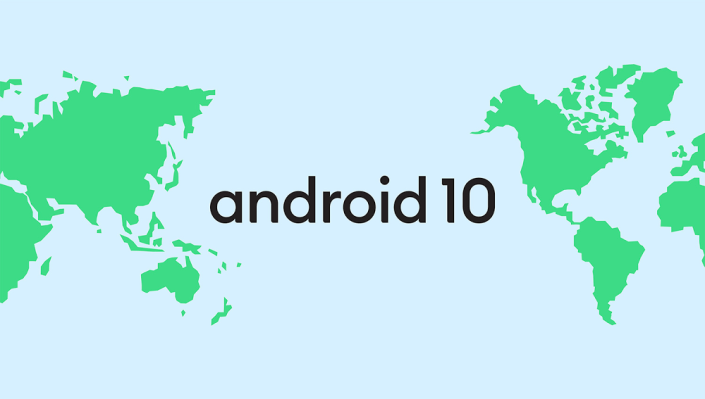Android 10 is now available, assuming you have a phone that already supports Google’s latest version of its mobile operating system. For now, that’s mostly Google’s own Pixel phones, though chances are that most of the phones that were supported during the beta phase will get updated to the release version pretty soon, too.
Since the development of Android pretty much happens in the open these days, the release itself doesn’t feature any surprises. Just like with the last few releases, chances are you’ll have to look twice after the update to see whether your phone actually runs the latest versions. There are plenty of tweaks in Android 10, but some of the most interesting new features are a bit hidden and (at least in the betas) off by default.
The one feature everybody has been waiting for is a dark mode and here, Android 10 doesn’t disappoint. The new dark theme is now ready for your night-time viewing, with the promise of improved battery life for your OLED phone and support from a number of apps like Photos and Calendar. Over time, more apps will automatically switch to a dark theme as well, but right now, the number seems rather limited and a bit random, with Fit offering a dark mode while Gmail doesn’t.
The other major tweak is the updated gesture navigation. This remains optional — you can still use the same old three-button navigation Android has long offered. It’s essentially a tweak of the navigation system the launched with Android Pie. For the most part, the new navigation gestures work just fine and feel more efficient than those in Pie, especially when you try to switch between apps. Swiping left and right from the screen replaces the back button, which isn’t immediately obvious, and a slightly longer press on the side of the screen occasionally opens a navigation drawer. I say ‘occasionally,’ because I think this is the most frustrating part of the experience. Sometimes it works, sometimes it doesn’t. The trick to opening the drawer, it seems, is to swipe at an angle that’s well above 45 degrees.
Also new is an updated Smart Reply feature that now suggests actions from your notifications. If a notification includes a link, for example, Smart Reply will suggest opening it in Chrome. Same for addresses, where the notification can take you right to Google Maps, or YouTube videos that you can play in — you guessed it — Youtube. This should work across all popular messaging apps.
There are also a couple of privacy and security features here, including the ability to only share location data with apps while you use them and a new Privacy section in Settings that gives you access to controls for managing your web and app history, as well as your ad settings in a slightly more prominent place.
The new Google Play system updates, the company can now also push important security and privacy fixes right to the phone from the Google Play store, which allows it to patch issues without having to go through the system update process. Given the slow Android OS upgrade cycles, that’s an important new feature, though it, too, is an evolution of Google’s overall strategy to decouple these updates and core features from the OS updates.
Two other interesting new features are still in beta or won’t be available until later this year, but Google prominently highlights Focus mode, which allows you to silence specific apps for a while and which is now in beta, and Live Caption, which will launch in the fall on Pixel phones and which can automatically caption videos and audio across all apps. I’ve been beta testing Focus Mode for a bit and I’m not sure it has really made a difference in my digital wellbeing, but the ability to mute notifications from YouTube during the workday, for example, has probably made me a tiny bit more productive.
Oh, and there’s also native support for foldable phones, but for the time being, there are no foldable phones on the market.
Like with most recent releases, those are just some of the highlights. There are plenty of small tweaks, too, and chances are you’ll notice a few new fonts and visual tweaks here and there. For the most part, though, you can continue to use Android like you always have. Even major changes like the updated gesture controls are optional. It’s very much an evolutionary update, but that’s pretty much the case for any mobile OS these days.
